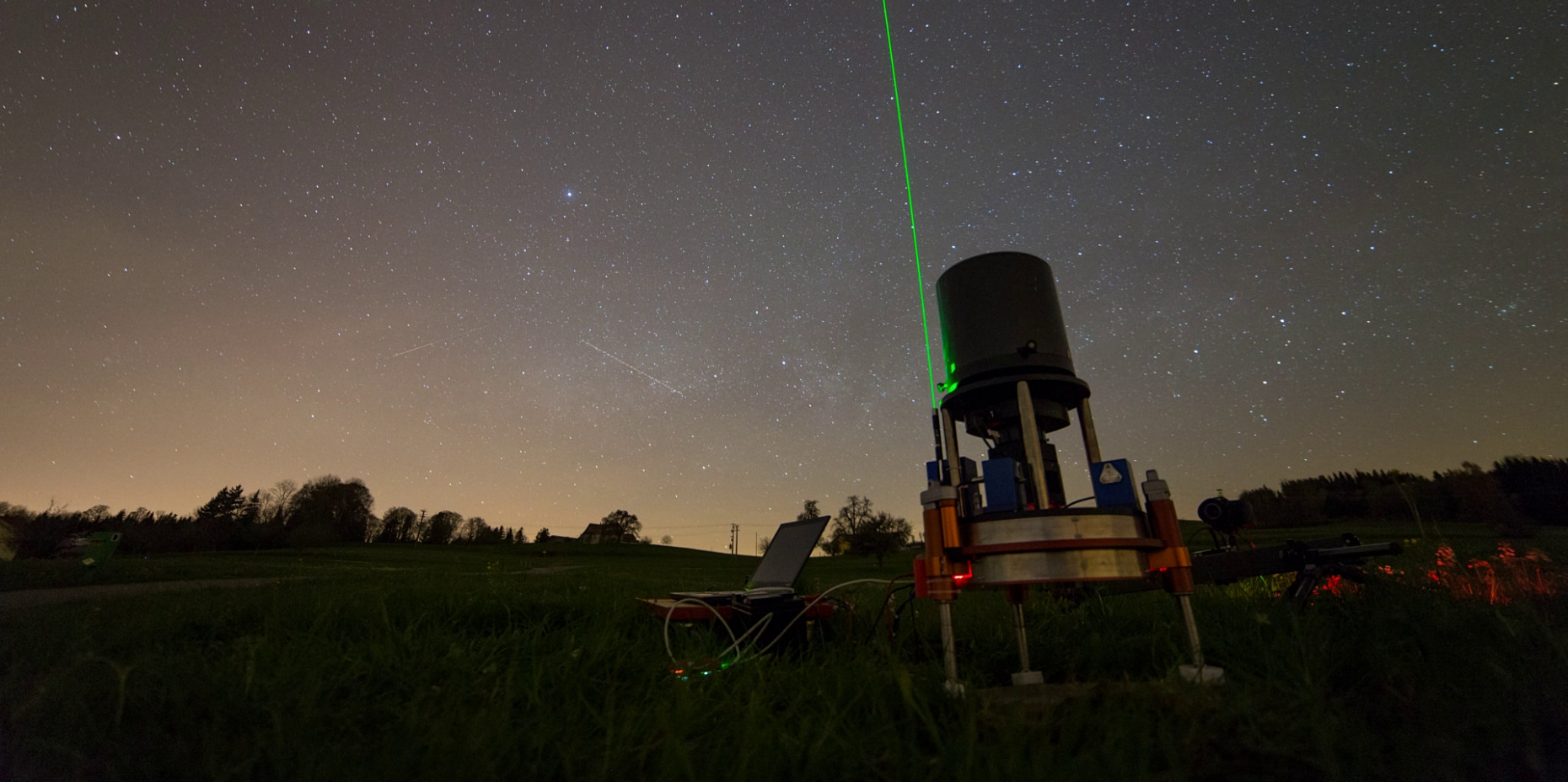Gravity field
We locate objects in space with various technologies, which either refer to local gravity (levelling, total stations) or to a purely geometric reference (GNSS). To establish the link between the purely “geometrical” space (used for physical computations or the construction of special installations like particle accelerators) and the “physical” space (locally realized naturally and related to water surfaces in equilibrium) it is mandatory to know the geometry of the gravity field. There exist many technologies to estimate the Earth’s gravity field and its geometry at different scales, precisions and coverages. Nowadays, worldwide scales (>300 km) are mostly determined by dedicated gravity satellite missions like GOCE or GRACE). We are specialized in the design and construction of astro-geodetic instruments (CODIAC, QDaealus) and in the development of computational methods for the simulation, determination and validation of Earth’s gravity field on a regional scale (below 300 km).
Determination of a high-precision gravity field model for the Future Circular Collider region
In the framework of the Future Circular Collider (FCC), a new particle accelerator is in the planning stage at CERN. This project will contribute to the FCC with a new high-precision gravity field model for the FCC region, an improved Geodetic Reference Frame and a refinement of the Geodetic Infrastructure.
Start date:
01.06.2021
Project partners:
ETH Zürich IGP, CERN (Future Circular Collider), swisstopo, HEIG-VD
Contacts at MPG:
Markus Rothacher ()
PhD tbd ()
Financiers (external):
CERN and CHART
Links:
-

